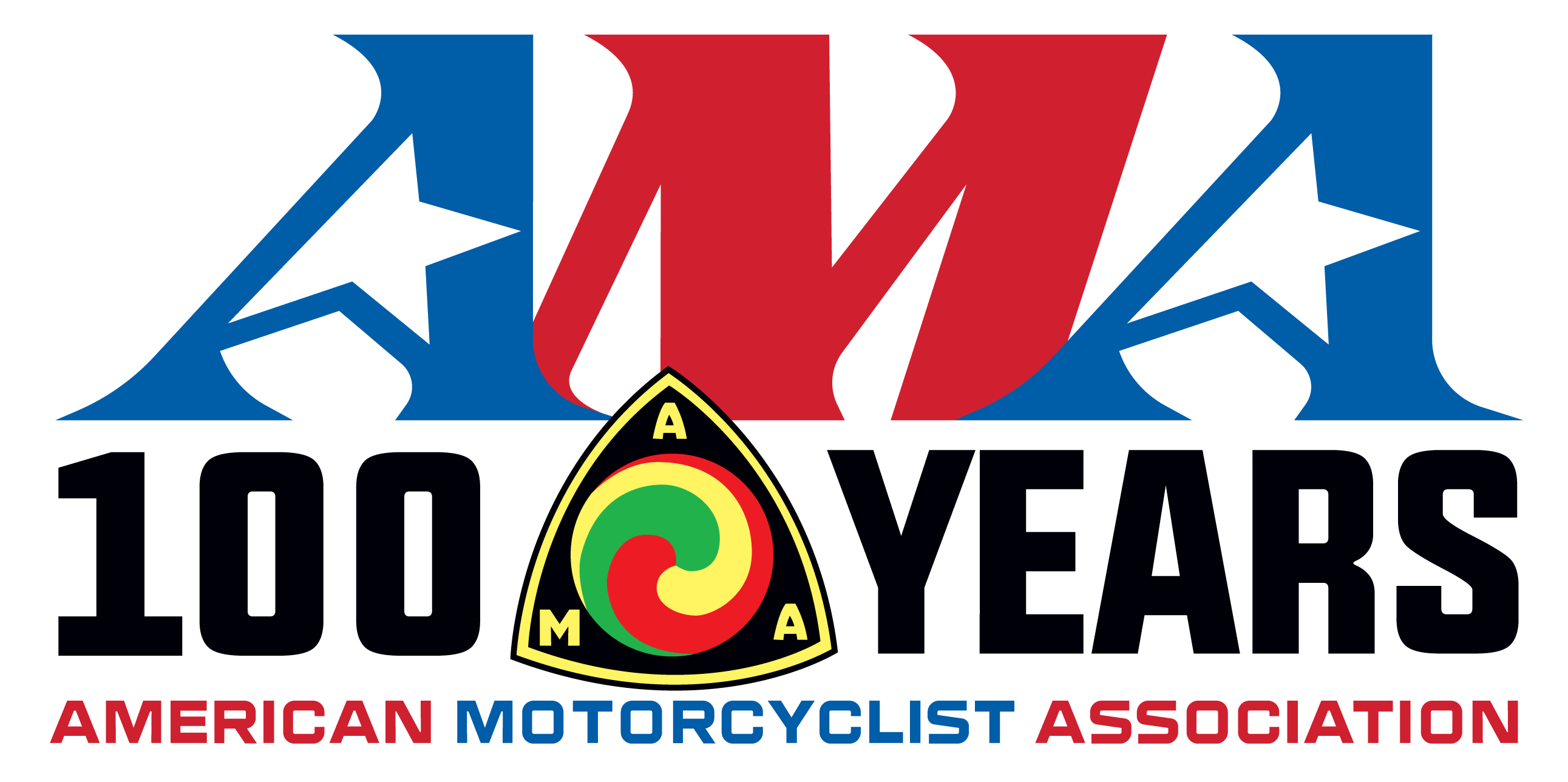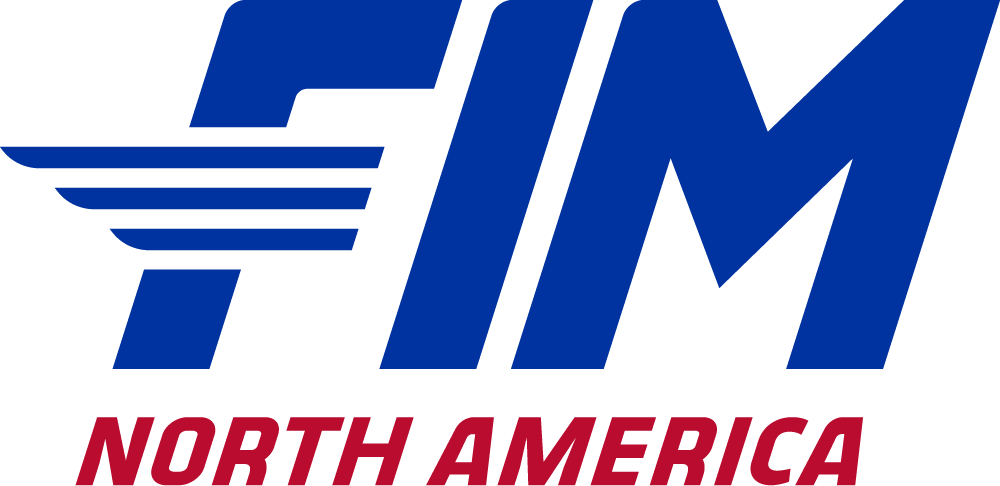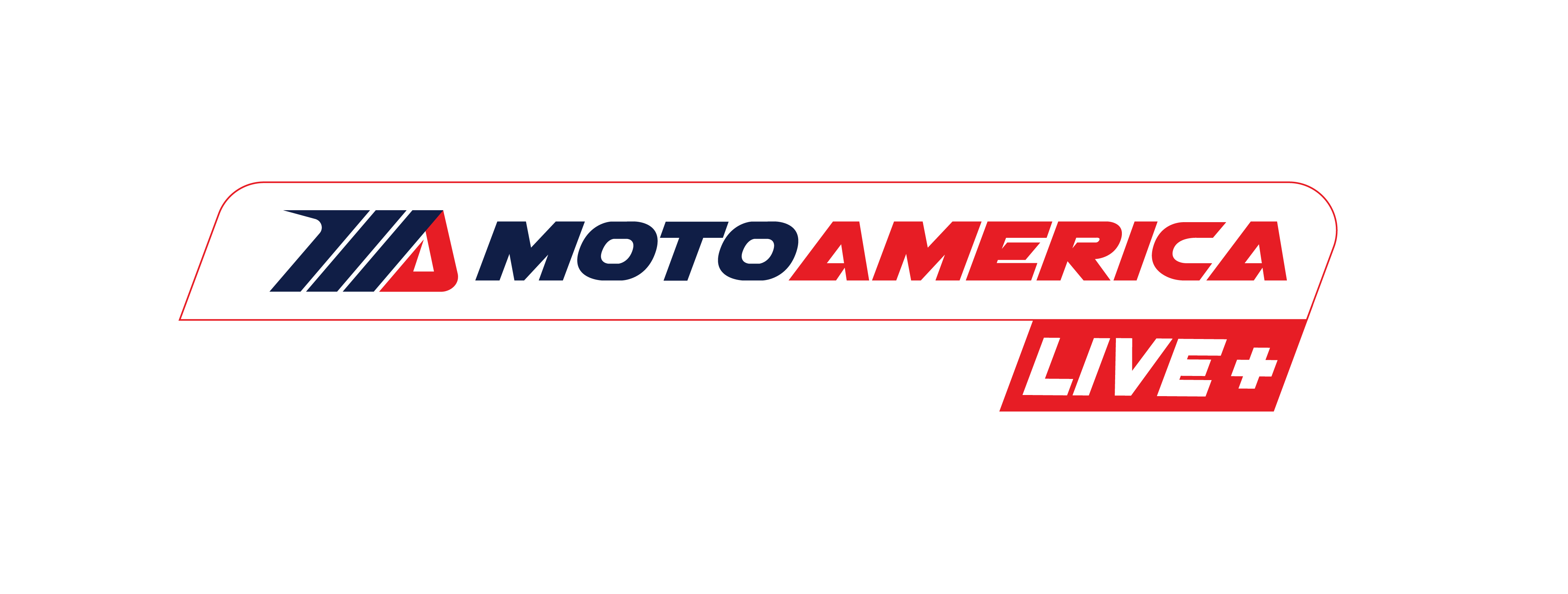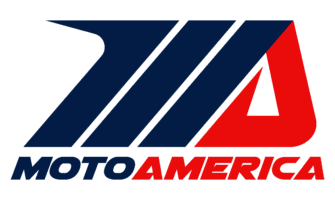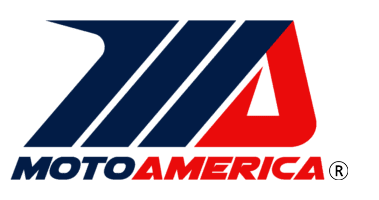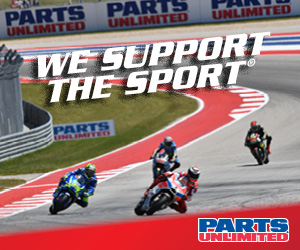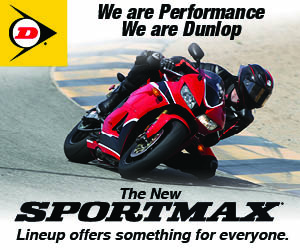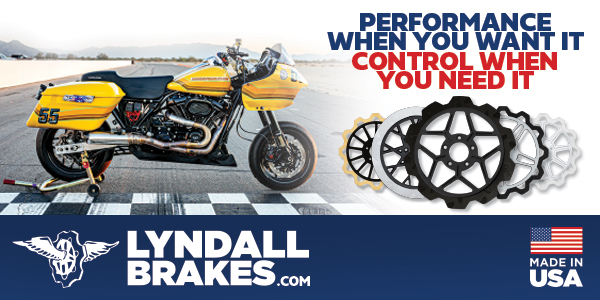MotoAmerica 101
The History Of Superbike Racing In America
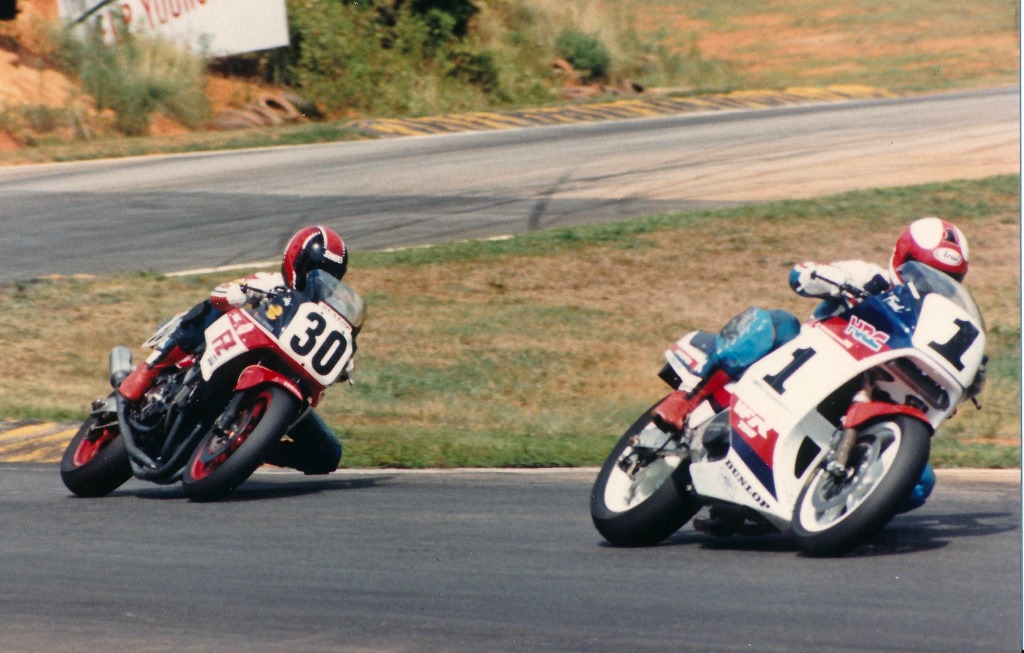
We use the term “Superbike” almost synonymously with any high-performance sportbike these days. Today, Superbike road racing takes place around the world, but the source of popularity of the name can be traced directly back to 1976. Appropriately enough the American Bicentennial was the year the AMA Superbike Championship, which would later become MotoAmerica Superbike, was founded.
Paul Simon’s “50 Ways to Leave Your Lover,” Hall & Oates “Sara Smile” and “Bohemian Rhapsody” by Queen was playing on the radio while Reg Pridmore was racing a Butler & Smith BMW R90S against guys like Steve McLaughlin (BMW), Mike Baldwin (Moto-Guzzi), Keith Code (Kawasaki), and Cook Neilson (Ducati) en route to winning that year’s inaugural AMA Superbike title.
Little did anyone know at the time, but the Superbike Production support class of AMA national road races, would catch the attention of road racing fans and within a couple of years surpass the popularity of all other road racing classes in America. It would also produce some of the elite riders in all of motorcycle racing. By the mid-1980s no one could deny it, AMA Superbike and its racing stars were what fans were coming to see. Just a little over a decade after its founding, Superbike racing had spread so wide and fast around the world that the FIM designated a World Superbike Championship in 1988. Fittingly that first Superbike World Championship was won by American racing hero, Fred Merkel.
In The Beginning
Superbike sprang up organically from the increasingly popular production racing movement at club events in the early-to-mid 1970s. Motorcycles like the Honda CB750, the Kawasaki Z1, the Norton Commando, the Triumph Bonneville, the BMW R90S, the Ducati 750SS as well as the two-stroke Yamahas, Kawasakis and Suzukis were coming out of the factory with better handling and had so much power that you couldn’t begin to tap their potential on the street. As a result, more and more Baby Boomers, who were coming of age, safety wired and put number plates on their street bikes and took to the track in record numbers.
Critical mass was reached by 1973 and race promoters Gavin Trippe and Bruce Cox saw an opportunity and invited the rapid growing cadre of production racers to Laguna Seca Raceway in July of 1973 to participate in the AMA National Road Race weekend. The Heavyweight Production class was won by Yvon DuHamel over Steve McLaughlin; both on a Kawasaki Z1s. Mike Clarke won the Lightweight Production class on a Yamaha RD350. The race proved to be very popular with fans, so Laguna held the race alongside the AMA Road Race National again in 1974. That year the production race was featured on the cover of Cycle News and the headline read: “Superbike National.” A class was born.
By 1975, Daytona and Ontario added Superbike Production racing to their schedules and the AMA could no longer ignore the growing popularity of the class.
It should be noted, the extensive coverage of AMA Superbike races in Cycle magazine, and the exploits of racer/editor Cook Neilson and tuner/editor Phil Schilling, were hugely instrumental in fostering a massive fan base for the new road racing class.

Europe Versus Japan
The earliest Japanese big-bore, multi-cylinder production bikes were known for brute power, but not so much for handling. That’s where the less powerful, but stable European mounts like the BMW R90S, Ducati SS and Moto Guzzi 850 Le Mans had an advantage in cornering. It was an interesting contest on the track, the duel between power and handling. European bikes won every race in 1976 and all the races in the first half of 1977. But then Reg Pridmore, on the high banks of Pocono in August of 1977, rode a Pierre des Roches-tuned Racecrafters Kawasaki KZ1000 to victory and the tide began to turn in favor of the Japanese multis.
When Suzuki launched the great-handling GS series of sportbikes with Wes Cooley riding, massive horsepower was finally mated with a stable frame and suspension, and the modern Superbike was born. Gradually the European-made machines became less and less competitive. In 1979 when Rich Schlachter won Loudon on a George Vincensi-built Ducati, it marked the end of an era – the last European-built machine to win an AMA Superbike race for 13 years, all the way until 1992 when Doug Polen put a Ferracci Ducati back atop the podium at Laguna Seca.
Big H Enters The Fray
For the first four years of AMA Superbike, the class was relegated to support status to AMA Formula One. The tide began to turn, and the stakes rose considerably in 1980 when the factory Honda entered Superbike featuring a young racing phenom named Freddie Spencer. Even though Spencer ultimately never won the title, the presence of a rider of his stature and participation by Honda and its accompanying media blitz, set the stage for Superbikes supplanting Formula One’s popularity, and in relative short order becoming the premier class in AMA road racing by the mid-1980s. It was also during this era (1983) when the AMA recognized the power of the 1000cc beasts were outpacing tire technology, so the formula was changed from 1000cc motors to 750cc for multis (although Twins were still allowed 1000cc). Superbikes would be 750cc machines until 2003 when the one-liter bikes were brought back.
During the earliest years of AMA Superbike racing, the spotlight was primarily shared between BMW, Suzuki and Kawasaki. It took a few seasons for Honda to hit its stride, but the mid-1980s marked nearly total domination by Honda, with the company winning five consecutive AMA Superbike titles with Fred Merkel, Wayne Rainey and Bubba Shobert from 1984 to 1988.
In 1986 Fred Merkel became the first rider to hit the 20-win mark. Merkel would go on to solidify AMA Superbike racing’s reputation across the globe by twice winning the Superbike World Championship in 1988 and ’89. Merkel’s 20 wins was an AMA Superbike record that would stand for 12 years before Canadian Miguel Duhamel took over the all-time AMA Superbike wins in 1998. Duhamel, like Merkel, raced for Honda.
Peak Of Popularity
Prior to the mid-1990s only select AMA Superbike races were televised, but with the explosion of cable TV and channels like ESPN, TNN, and Speedvision, races were televised more and more frequently until by the mid-90s the series was on TV full time. That combined with an explosion of motorcycle sales during the late 1990s, meant that the manufacturers had plenty of money to spend. For about a 10-year period from the mid-1990s to mid-2000s AMA Superbike racing reached a peak of popularity. Factory participation reached an all-time high, likewise for fan turnout and rider salaries.
It was also a period of unprecedented parity in the sport. During this period nearly all of the manufacturers that participated enjoyed success with Ducati, Honda, Kawasaki and Suzuki winning championships. American maker Harley-Davidson even entered the fray for the first time. Harley won a pole with Chris Carr, led races with Duhamel and came close to winning several times.
Key milestones during this era included Doug Chandler tying Reg Pridmore for the most AMA Superbike Championships with three titles in 1997. Also notable were record winning streaks by Duhamel, including him becoming the all-time wins leader, the start of the Mat Mladin era of domination and future MotoGP champ Nicky Hayden becoming the youngest ever AMA Superbike Champion in 2002.
A Series Of Rivalries
AMA Superbike racing has long been marked for red-hot rivalries between riders and manufacturers. The earliest bigtime rivals were Wes Cooley, Freddie Spencer and Eddie Lawson. The 1980 season saw some epic battles between the trio. The season ended with Cooley winning the title in a controversial manner, with protests and counter-protests being filed between the Kawasaki and Suzuki Superbike teams. Cooley had to wait two months after the season to finally be awarded the championship.

The early 1980s marked a fierce competition between Kawasaki and Honda, with Kawasaki being cast as the David vs. the Honda Goliath. Amazingly Kawasaki came out on top three years in a row on the strength of the talent of Eddie Lawson and a young up-and-comer named Wayne Rainey combined with the tuning skills of Rob Muzzy.
A few years later Rainey would become part of perhaps the best-known rivalry in the history of the series, when in 1987, he beat out archrival Kevin Schwantz after some of the most intense battles fans of the series ever witnessed. The normally congenial competitions between the Japanese makers were thrown out the window that year when protest and counter-protests flew back and forth between Honda and Suzuki. What made the Rainey/Schwantz rivalry even more epic was the fact that they carried it on in Grand Prix racing.
Maybe the most contentious rivalry came in the mid-2000s between Yoshimura Suzuki teammates Mat Mladin and Ben Spies. After nearly a decade of largely dominating the championship, a young Spies ended the Mladin era by winning the title in 2006. That set up an epic battle with Mladin trying unsuccessfully to win back the championship from his younger teammate for the next couple of seasons and tension was thick in the air at many of the post-race press conferences. Spies went on to win the World Superbike title, following in the footsteps of other American riders to step up and win the world title such as Merkel, Doug Polen, Scott Russell, John Kocinski and Colin Edwards. Spies often credited his trial by fire with Mladin for preparing him for the world stage.
Eras Of AMA Superbike
For most of the history of AMA Superbike racing, the series was sanctioned and managed by the American Motorcyclist Association in Ohio. In 2007, AMA Pro Racing was sold to the Daytona Motorsports Group (DMG). It proved to be a difficult period for AMA Superbike, primarily due to a dramatic downturn in the economy. While the series saw decreased factory participation and fan interest during the DMG years, the racing continued to be strong with Yamaha ace Josh Hayes emerging as the dominant rider of the first half of the 2010s.
The 2010s also marked a decade of domination for Yamaha. The company won nine of the titles in the 2010s with Hayes scoring four, Josh Herrin one, and Cameron Beaubier matching Hayes, also with four titles. The Yamaha championship streak in the 2010s was only broken one time by Toni Elias on the Yoshimura Suzuki in 2017.
MotoAmerica Takes The Reins
The 2015 season saw a new era dawn in the history of American Superbike racing when MotoAmerica became the series organizer sanctioned by the American Motorcyclist Association (AMA) and the Fédération Internationale de Motocyclisme (FIM).
MotoAmerica is run by enthusiasts and businessmen with deep roots in motorcycle racing. Most recognizable among MotoAmerica leadership is three-time Grand Prix World Champion and two-time AMA Superbike Champion Wayne Rainey. Rainey is part of the KRAVE Group, a strong leadership team that includes three additional partners – ex-racer, former vice president of motorsports operations at the Circuit of The Americas (COTA), and former managing director of Team Roberts in the Grand Prix World Championship Chuck Aksland; executive director of the Petersen Automotive Museum Terry Karges; and energy sector investor and businessman Richard Varner.
Under the guidance of MotoAmerica, the series recovered from the depths of the Great Recession. MotoAmerica signed ongoing national television deals with Fox Sports, NBC Sports Network, and MAVTV. In addition, they launched MotoAmerica Live+, a proprietary subscription streaming service.
Superbike Racing Enters A New Decade
In 2020, Superbike racing entered its sixth decade. The start of the 2020s began as the 2010s left off with the leading contenders being defending champ Monster Energy Attack Performance Yamaha’s Cameron Beaubier and Toni Elias of M4 ECSTAR Suzuki. The Beaubier/Elias rivalry was fiery at times and was one of the longest-running rivalries in the history of the series.

Beaubier’s 2020 title moved him into rarified air in terms of the history of MotoAmerica Superbike. His fifth championship surpassed his former teammate Josh Hayes’ four titles, and he clinched the second most championships in the 45-year history of the series. Australian Mat Mladin, with his seven championships, leads the way. Beaubier also climbed into the upper echelon on the all-time wins category.
Beaubier’s former Yamaha teammate Jake Gagne is also a former MotoAmerica Superstock 1000 Champion and former World Superbike competitor. But, prior to the 2021 season, he had never won a MotoAmerica Superbike race. Well, that all changed in the second race at Michelin Raceway Road Atlanta, which was round one of the 2021 campaign. Gagne not only won that race, but he went on to collect a record 17 victories on the season, including a record 16 wins in a row, on the way to clinching the 2021 MotoAmerica Superbike Championship.
Much like Cameron Beaubier before him, Jake Gagne went on a tear and reeled off three consecutive Superbike Championships as he racked up race victories and lap records along the way.
In 2024, with MotoAmerica celebrating its tenth season, a former Superbike champion experienced a resurgence. After capturing the 2023 Supersport Championship, 2013 Superbike Champion Josh Herrin moved back up to Superbike, and aboard his Warhorse HSBK Racing Ducatio Panigale V4 R, won the 2024 Superbike title.
Not only had it been 11 years since Herrin last won a Superbike title, but Ducati ended a 30-year drought going all the way back to 1994 when Australian Troy Corser captured the number-one plate on his Fast By Ferracci Ducati.
